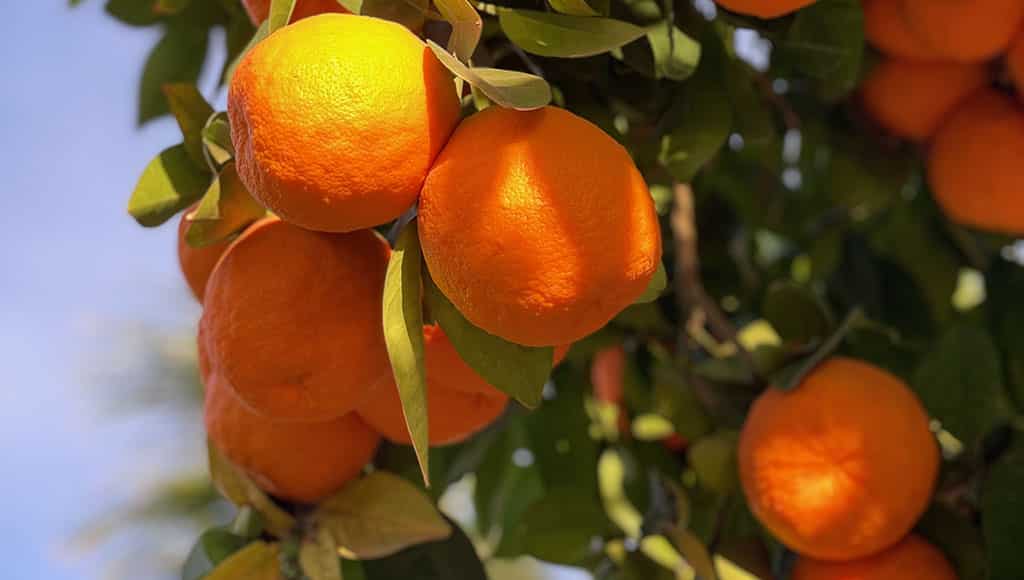Looking at a bowl of oranges, I often catch myself thinking that these are playthings rather than fruit. Here in Portugal, oranges are plentiful and are often quite large in size with bumpy sides and multiple dimples.
The nose test registers tangy, fruity and fresh aromas that are unmistakably citrusy, and the price per bag (or two or three) corrupts instantly even the most conservative shopper.
As a global phenomenon, oranges have a myriad of applications. In Colombian Andes, the day starts with an orange juice, however, Bolivians don’t touch it until lunchtime.
In Nepal, oranges are almost never pealed but rather quartered, and in Afghanistan an orange is often squeezed over food to cut through grease.
In some parts of the Caribbean, oranges are consumed with a sprinkle of salt or even used to help with house chores to clear away grease or oil.
In Europe, eating an orange with knife and fork is quite customary, even though the French love disrobing one after dinner as it is.

The first known references to oranges are recorded in China around 500BC, though its evolution as species began millions of years ago.
Its migration route followed from the South China Sea to the Malay Archipelago, and then the Indian Ocean all the way to the east coast of Africa, from where it travelled to the Mediterranean and over the Atlantic to the Americas.
When oranges arrived in the Mediterranean, they were christened as citron, following an association and resemblance with greenish yellow cones of Lebanese cedars.
Later, in the 18th century, a Swedish botanist, Carolus Linnaeus, expanded the title to include all species of the genus such as lemons, limes, citrons, oranges, grapefruits and tangerines. They are all now grouped under the name that means Cedar.
Though the orange fruits originated in China, their local term jyu did not travel with them. Marking India as their first destination, the etymology of the term points at the Sanskrit origin, the word naranga. This became naranj in Persian and nerantzion in Byzantium. Later, in neo-Latin, it was styled as arangium, arantium, which eventually in Spanish got labelled as naranja, in Portuguese as laranja, in Italy as arancia and orange in France.
Before long, the mighty orange began to convey political significance. The Provençal French town of Orenge emerged as the city of Orange whose prince, Philibert of Orange, was awarded a good part of the Netherlands as a gift for his service to the Holy Roman Empire.
The title passed on to William of Nassau, Prince of Orange, the founder of the Dutch Republic and the House of Orange. His descendants later named the Orange River in South Africa and Cape Orange in Brazil.
Fort Orange was the name of the original Dutch settlement in North America (Albany, NY) and, interestingly, up until today the Dutch fans are known as the Orange Army.
Though oranges have a long-standing European history, it is comparatively recently that they were actually eaten in the Western world. Europe mainly grew bitter oranges and used them more to demonstrate wealth and stature than culinary grandeur.
It was only with the return of Portuguese ships from India in the mid-16th century that Europe tasted its first sweet orange, citrus sinensis. From then on, it became known as Portuguese orange that is still known in some languages as ‘Portugals’.
To be continued …
By Dr. Irina Mikhailava
|| features@algarveresident.com
Dr. Irina Mikhailava, a chef and a good food champion, happily residing in the Algarve and eating all over the world with an appetite for learning, sharing and writing. Instagram: incompanyoffood




















